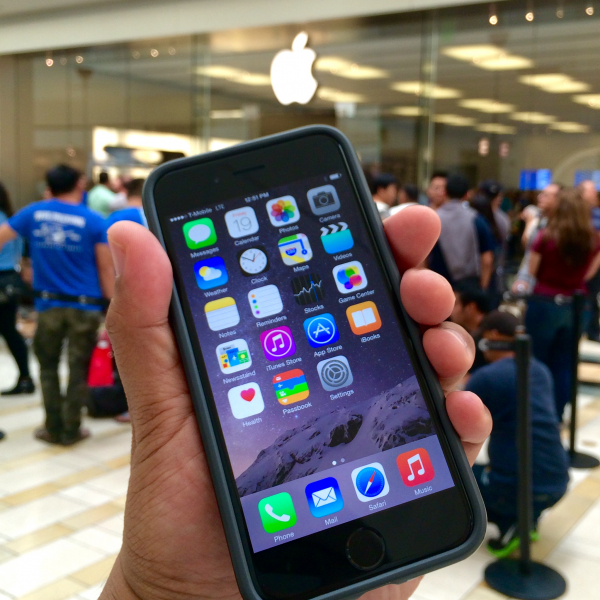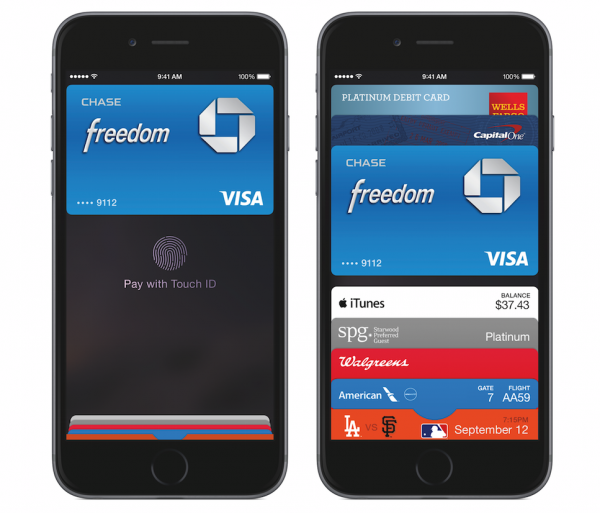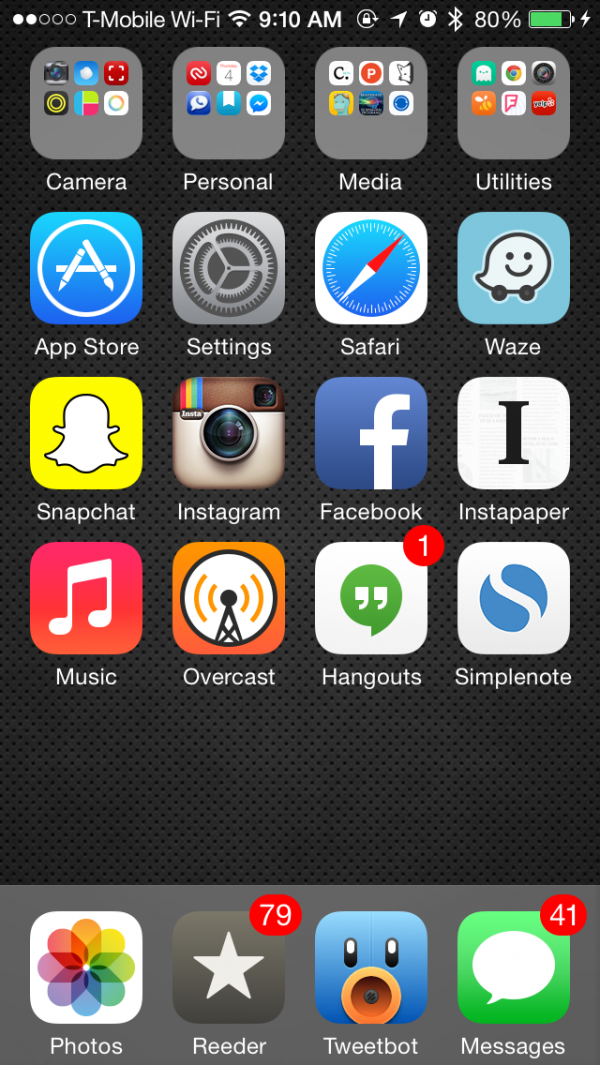But after two years on the market, Google Wallet has made little to no progress in replacing paper cash, plastic cards, and leather wallets. Despite hundreds of millions of dollars of investment, the Wallet app has seen a paltry amount of downloads for a company of Google's scale, and Bedier has since left the company. Bloomberg Businessweek recently reported that Google Wallet is "leaking money" and that "it’s reconsidering or has abandoned projects designed to broaden Wallet’s appeal." What went wrong? Jonathan Wall, the founding engineer of Google Wallet, puts it bluntly: "With Google Wallet, we had one point of failure--the carriers." [...]
"Ultimately, the carriers perceived this to be their opportunity and use the necessity of hardware to really block the product." Sprint remains the only major U.S. carrier to support the service; AT&T, T-Mobile, and Verizon have instead decided to support Isis, a competing mobile payments service, effectively denying their customers access to Google Wallet (or vice versa).
Android did NFC payments first and failed. Let's wait and see how NFC payments pan out with Apple Pay and its partnerships with major credit cards, banks, and merchants.


